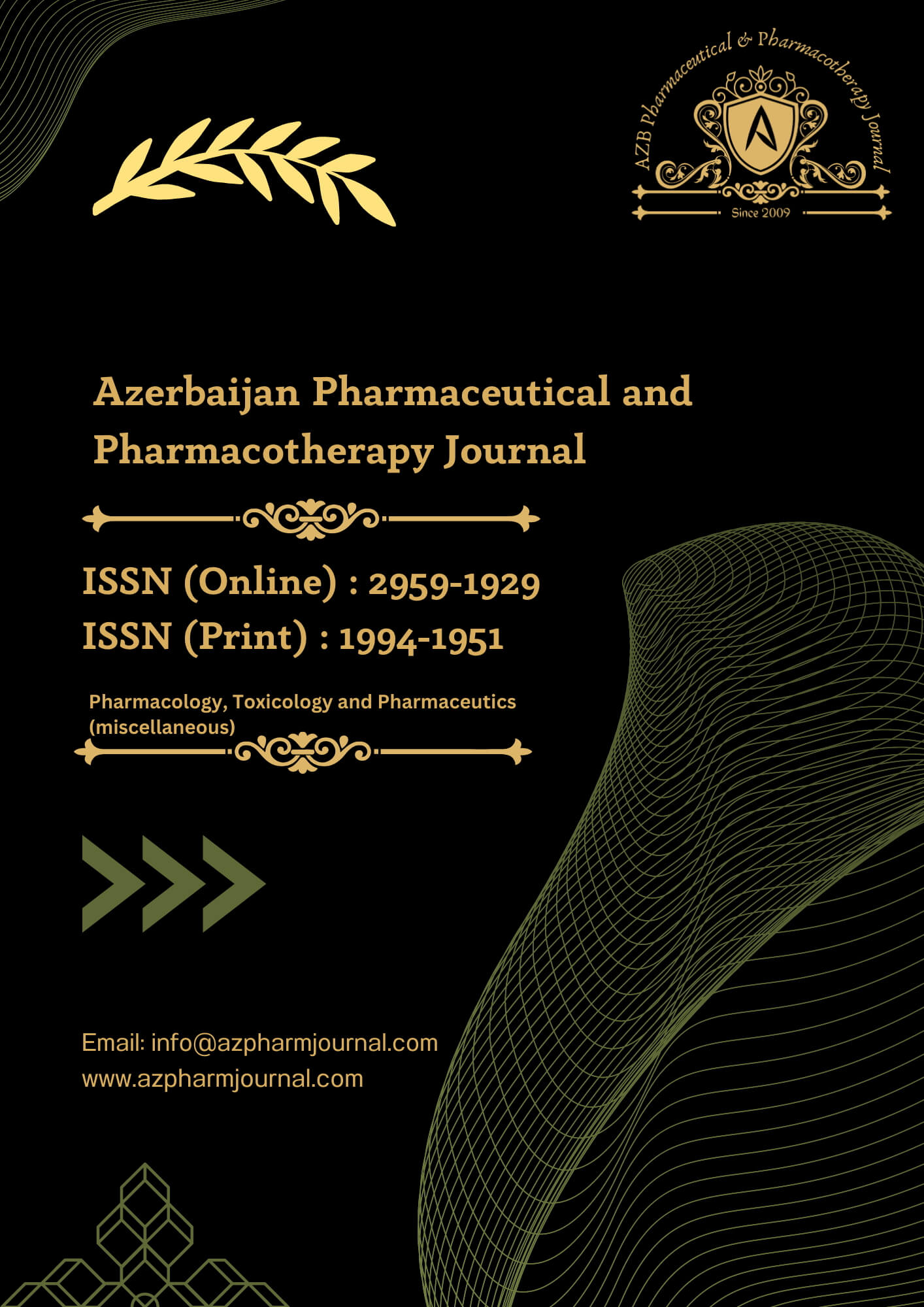Surgical site infection is the most common complication associated with abdominal surgery for clean-contamination and contamination. Site infection rate reduced up to 20% if pre-operative antibiotics are given along with the good surgical technique. The complications for site infection can contribute to increased cost and prolong hospital stay.
Prolong hospital stay is due to the surgical site infection and can be costly for patients as well as the heath sector. This study does not discuss the cost for infected persons and hospital stay due to infection.
To reduce the rate of surgical site infection and its complications it is important to use good surgical technique and pre-operative prophylactic antibiotics. The site infection rate, in this study is 20% , which shows that it is in the range from 10% to 20% in most studies. This can be due to the standard surgical technique and also the use of pre-operative use of antibiotics. Ceftriaxone is effective against gram negative and positive micro-organism(14).
Study done by Wayi reported that susceptibility of Staphylococcus to; Methicillin was 100%, Erythromycin was 72.7%, Tetracycline was 85.7% and 100% resistant to Penicillin G. Sensitivity of Klebsiella species to; Ceftriaxone was 93.3%, Augmentin was 76.5% and Gentamycin was 64.7% and the susceptibility of Pseudomonas species was 100% with Ceftriaxone compared to 75% with Gentamycin(15).
The main reason of morbidity is site infection and wound dehiscence, both of which account 34% while death rate was 31.5%. Ule along with others in his research reported that site infection rate was 13.3% with no death rate(16). Another study on colorectal surgery on 169 patients done by McArdle and others found out the site infection rate of 17%(17). DiPiro along with other did study on colorectal procedure including 12,384 patients reviewed the higher rate that is up to 22% in site infection and 25% site infection in upper gastrointestinal surgery(18).
In a study by DJ Leaper with others on 696 patients reported higher rate of morality because of site infection that is 11.8% and 1.6% for patients with no site infection(19). A study done by JM Badia along with others on post-operative complications following gastric cancer surgery reported that morbidity associated with infection accounts for 17.07% with death rate of 13.33%(20). Another study done by RM Strobel along with others stated in terms of determining the morbidity and mortality attributable to surgical site infection that mortality associated with infected group is 7.8% and 3.5 % in uninfected group(21).
The most common factor which influences the development of wound dehiscence is surgical site infection and faulty surgical technique. In this study the wound dehiscence accounts for 3.1% and is associated with site infection. The reduced rate of wound dehiscence is because of the good suture technique which is the use of monofilament suture, which without tension enters from wound edge with 1 cm distance of needle(22). In a study done by Senbanjo and Ajayi stated that the frequency of abdominal wound dehiscence was 2.5%(23). A randomized trial of 861 patients done by Israelsson along with others associated with midline laparotomy wound closure with monofilaments , 1/0 continuous nylon suture and follow-up of 12 months(24). He reported a wound dehiscence of 0.6%. Another study done by Israelsson et al on 467 patients revealed the predisposing factor in suture technique which promotes the healing of midline laparotomy. In his procedures he closed wound by continuous, monofilament mass closure with follow up for 1 year and reported that site infection was 11%, wound dehiscence was 0.4% and both of these were associated with site infection(25).
